What Is Nakamura Yukaku?
Nakamura Yukaku is located about a 20-minute walk west of Nagoya Station. It was originally established in 1923, when the famous Asahi Yukaku relocated from the Osu district . At that time, yukaku —licensed red-light districts—operated legally in Japan.
A District with a Unique History
During its peak, the district was known for its grid layout, wide streets, and refined wooden buildings designed to attract visitors. Uniquely, each of the four corners of the area featured a diagonal street, creating a shape that made it difficult to see inside from the outside. This layout was intentionally designed for privacy and to control movement within the district. At the time, Nakamura Yukaku was considered one of the largest and most prominent red-light districts in Nagoya.
Abolition and Transformation
In 1958, Japan abolished the licensed red-light system nationwide. The district gradually transformed into a quiet residential neighborhood. Still, several 100-year-old buildings remain today, giving the area a nostalgic and historically rich atmosphere.
Soba Itou: A Local Favorite in a Historic Building
A Century-Old Structure Turned Restaurant
Among the preserved buildings in Nakamura Yukaku is Soba Itou , a soba restaurant highly cherished by locals. The building has been carefully maintained, allowing visitors to enjoy both delicious soba and a glimpse into early 20th-century architecture.
Entering Right at Opening Time
I visited on a weekday and entered at the 11:30 a.m. opening time. The restaurant is popular and often has lines, but I was lucky to get in without waiting. I was seated at a table facing the inner garden, creating a peaceful and atmospheric dining experience.
Note for Visitors
Because Itou primarily serves local customers, the menu is written only in Japanese. Visitors may want to prepare by checking common soba terms in advance.
What I Ordered: Tempura Zaru Soba
Upgrading to 100% Buckwheat Soba
I ordered the Tempura Zaru Soba, and for an additional ¥280, I upgraded to 100% buckwheat noodles, bringing the total to ¥2,480.
Flavor and Quality
The soba had a rich aroma and firm texture—deep, earthy, and satisfying.
Two shrimp
Pumpkin
Shishito pepper
Lotus root
Each piece was crispy, light, and delicious.
Enjoying a Walk Through a Former Red-Light District
A Rewarding Stroll from Nagoya Station
Although the restaurant is a bit of a walk from Nagoya Station, the stroll through the former yukaku district is part of the charm. The preserved buildings and distinctive townscape offer a unique look at a lesser-known side of Nagoya.
A Note on Etiquette
As Soba Itou is a community-loved establishment, visitors are encouraged to be respectful and mindful when dining here. It’s a chance to enjoy authentic soba while appreciating a historic neighborhood that still preserves its past.
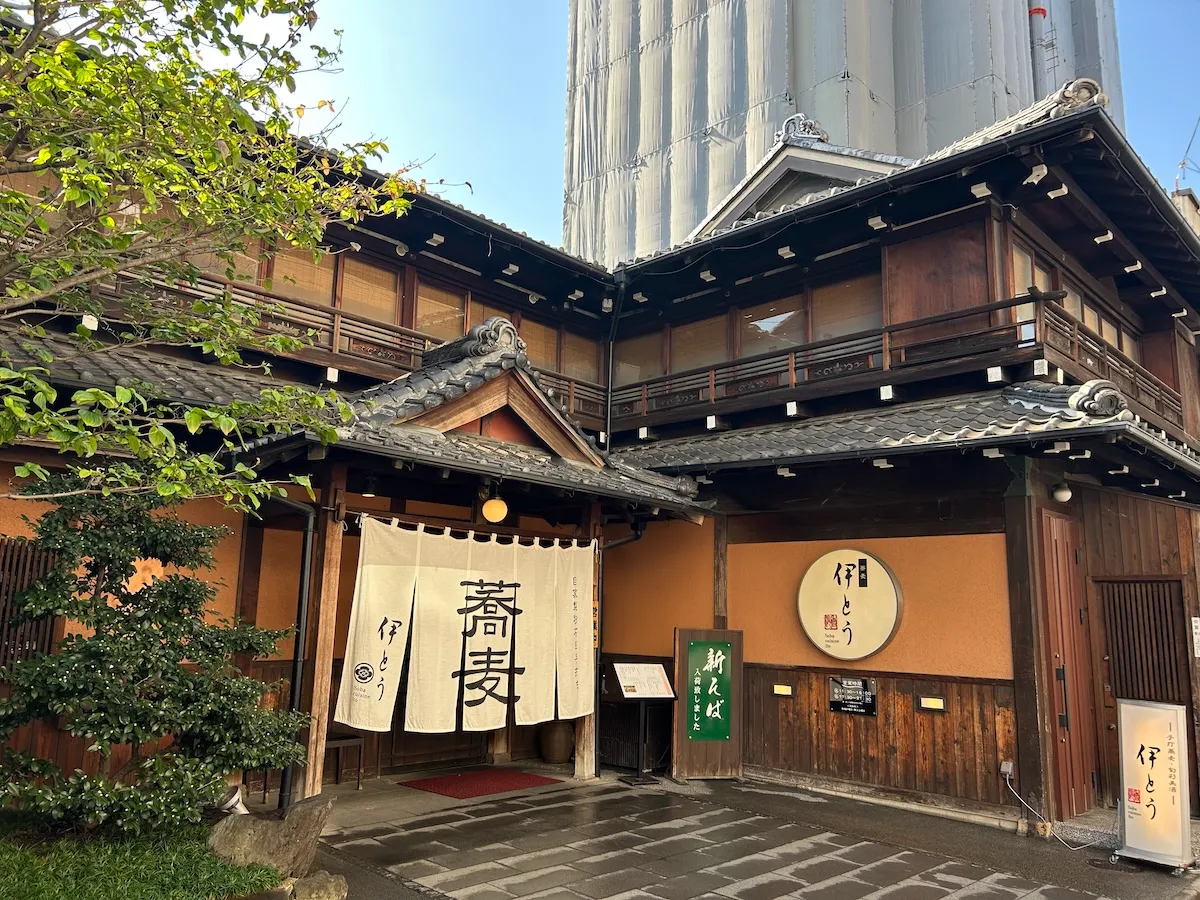


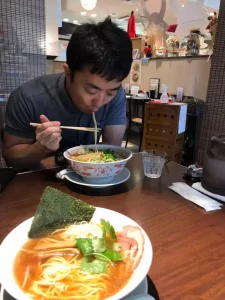



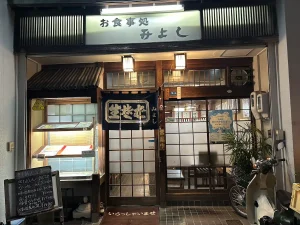

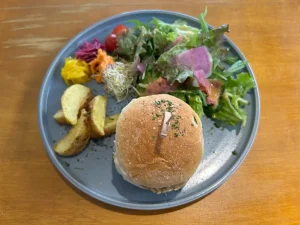





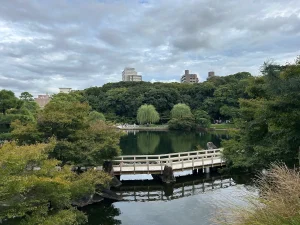





LEAVE A REPLY